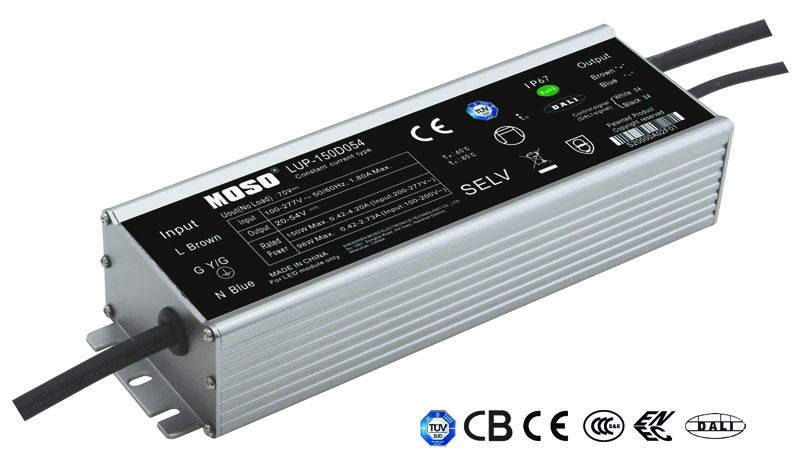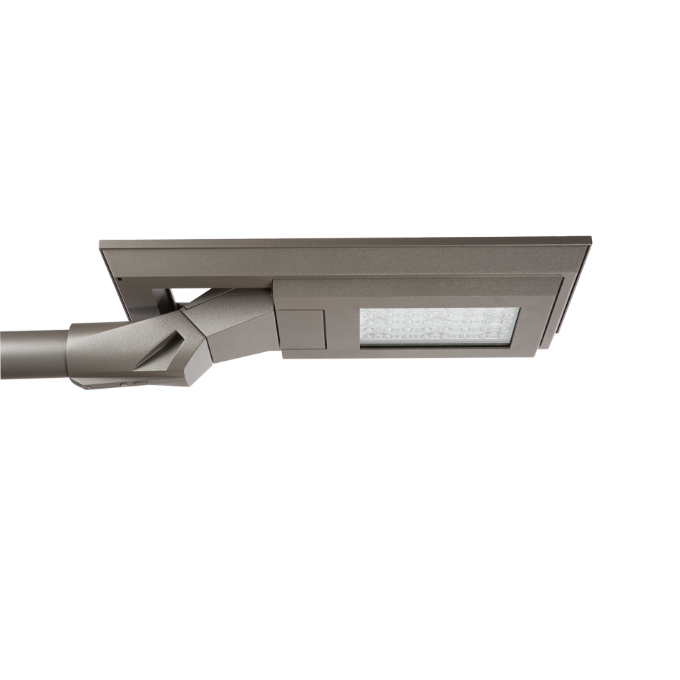Most lighting designers believe that the quality of all LED products is the same. However, there are many manufacturers and suppliers of LEDs , and Asian manufacturers supply low-cost LEDs to the world. Surprisingly, only a small percentage of these manufacturers are able to produce high quality LEDs. For applications that are only used as a simple indicator, low quality LEDs are sufficient. However, high quality LEDs must be used in many areas requiring consistency, reliability, solid state indication or lighting, especially in harsh environments such as highways, military/aviation, and industrial applications. In environments such as the New York subway station, security requirements are demanding, and LEDs must meet the fundamentals of high quality requirements. What are the factors that distinguish the quality of LEDs? How to tell the difference between the two LEDs? In fact, choosing a high-quality LED can start from the chip until assembly is complete, and there are many factors to consider during this period. Tier-OneLED manufacturing companies are able to produce superior, consistent wafers that are made from high-quality LED manufacturing materials to produce superior chips. The chemical materials used in the wafer production process are quite important factors in determining the performance of all LED performance specifications. A 2-inch wafer can cut more than 6,000 LED chips , and only the performance of individual chips is different from the overall one. Chips made by a good chip maker have very little difference in color, brightness, and voltage drop. When the LED chip package is completed, many of their performance indicators may have great differences, such as viewing angle. In addition, the influence of the encapsulating material is also considerable, for example, silicone is better than epoxy resin. Classification ability Good LED manufacturers can not only manufacture high quality chips, but also have the ability to classify and package LEDs based on their color, brightness, voltage drop and viewing angle. High-quality LED suppliers offer customers products with consistent work characteristics, while lower-quality LED suppliers can only provide LEDs that are similar to "mixed". For high-end, quality-critical applications, such as boundary lights for airport runways, FAA-level color and brightness specifications must be met. To ensure performance and safety, the consistency of LED packaging is also strictly limited. LEDs with poorer packaging levels are used in demanding applications that can lead to premature failures and other inconsistencies, which can lead to major accidents. In order to avoid equipment downtime and to ensure reliable operating characteristics of the LEDs specified in the design, it is important to avoid the use of "mixed" products in high-end and quality-critical applications. Product matching ability In addition to discrete LEDs, LED assembly and power supply have a very important impact on its performance, brightness and color. Since ambient temperature, operating current, circuit structure, voltage spikes, and environmental factors can all affect LED performance, proper circuit design and assembly are key to protecting LEDs and ensuring performance. LED manufacturers also use a variety of techniques and materials to design circuit structures and assemblies. In most cases, the difference in LED assembler experience can result in differences in overall performance and reliability for LEDs in the same application. As the demand for LEDs grows rapidly, manufacturers and assembly plants serving the global market are also rapidly increasing. But unfortunately, the surge of support manufacturers not only use a large number of low-quality LEDs, but their packaging and LED design engineers experience is relatively insufficient. Therefore, in addition to accurately screening LED suppliers through existing experience, OEMs must also review their circuit design and assembly techniques to ensure that design specifications are met and that the design provides adequate thermal dissipation due to LED failure and performance. The main factor of inconsistency is overheating. To ensure that design requirements are met, OEMs must test the assembly and circuit structure of the LEDs.
MOSO provide Dim-to-off Led Driver for energy-saving and circuit safety,
supporting 0-10V, PWM, timer step dimming or DALI control, with low stand-by
power. It is IP67, build-in surge protection, Class II design, power range
75W~320W. Dimming driver can adjust
the output by programming software or controller which is isolated with diming
signal.
This Dimming
driver ensures cool operation and long life with extruded-metal housing and
fully glue-potted. It is certified by CCC, CE, TUV, ENEC and CB standards, widely
used in street lighting, flood lighting, industrial lighting.
MOSO has set several distributors in
Europe, United States, Latin America, Asia and Australia. All MOSO Dim-to-off Led Driver provide 5 years
global warranty. In case of any failure, customers can get replacement either
from MOSO directly or any one of MOSO distributors.
MOSO always dedicates to providing
professional outdoor lighting solutions. Please feel free to contact our sales
team if you need any support!
Dim-to-off Led Driver Dim-to-off Led Driver,Dim-to-off LED Dimmable Driver,Dimmable Dim-to-off LED Driver,Dim-to-Off Timer Dimmable LED Driver Moso Electronics , https://www.mosoleddriver.com
